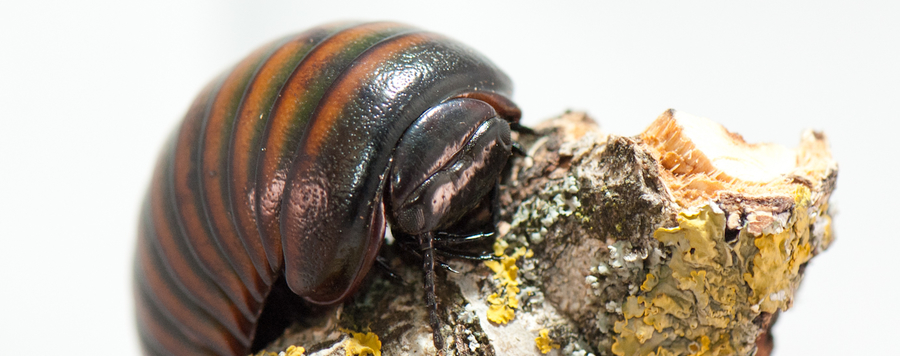
Vegetation thresholds for the occurrence of millipedes in different tropical forest types in Madagascar
Forest clearance, especially in the tropics, leads to habitat loss for many organisms including litter-dwelling arthropods. Among other invertebrates, millipedes (Diplopoda) provide important ecosystem services like decomposition and nutrient cycling in forest ecosystems. Despite their importance, little is known about litter invertebrates’ response to tropical forest degradation and their role in reforestation. The present article should rather be regarded as a review of millipedes’ occurrence in tropical forests with a pilot study from Madagascar, because the sample size is small and results need to be confirmed. This pilot study investigated the relationship between millipedes and vegetation characteristics in the eastern rainforests of Madagascar, in the region of Andasibe, parts of which are undergoing reforestation. Vegetation characteristics were measured in ten different forests encompassing different types: remnant rainforest, secondary forest, old Eucalyptus plantations, recently enriched with indigenous tree species, and degraded sites. Millipede species were searched by hand, identified and their occurrence in relation to the environmental characteristics was described. Vegetation characteristics differed between forest types. Old Eucalyptus plantations, secondary forest, and primary rainforest were associated with higher litter depth and more native millipede species than degraded sites and forests afforested with native tree species since 2007. Non-native millipedes occurred in all vegetation formations except the primary rainforest site and did not show any relationship with vegetation characteristics. In contrast, native millipedes’ occurrence was related to conditions associated with mature forest, such as high litter depth and high foliage cover. Logistic regression revealed a threshold of litter depth above which native millipedes are likely to occur. The results indicate that native millipedes are affected by forest degradation and are incompletely restored even when the afforested forest might approach the original state. Special care should be taken during reforestation efforts, as
non-native soil arthropods can be introduced, completely replacing
the indigenous biota.






